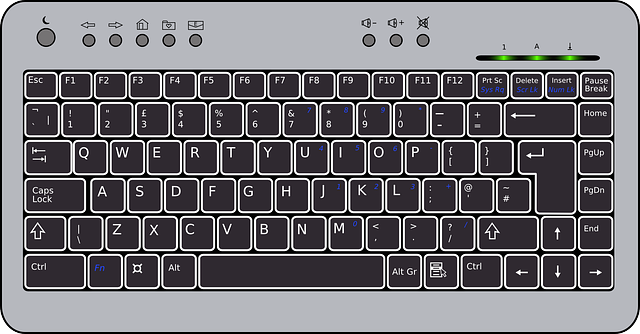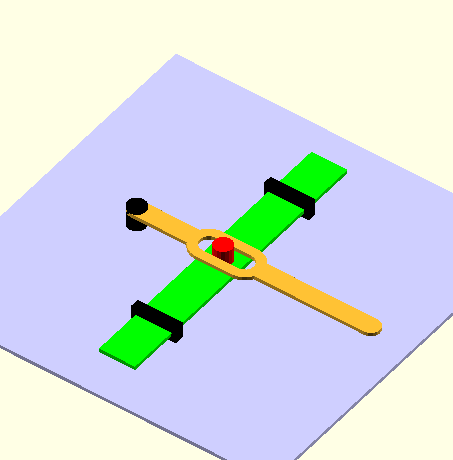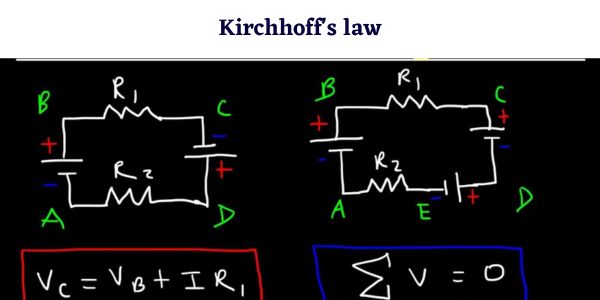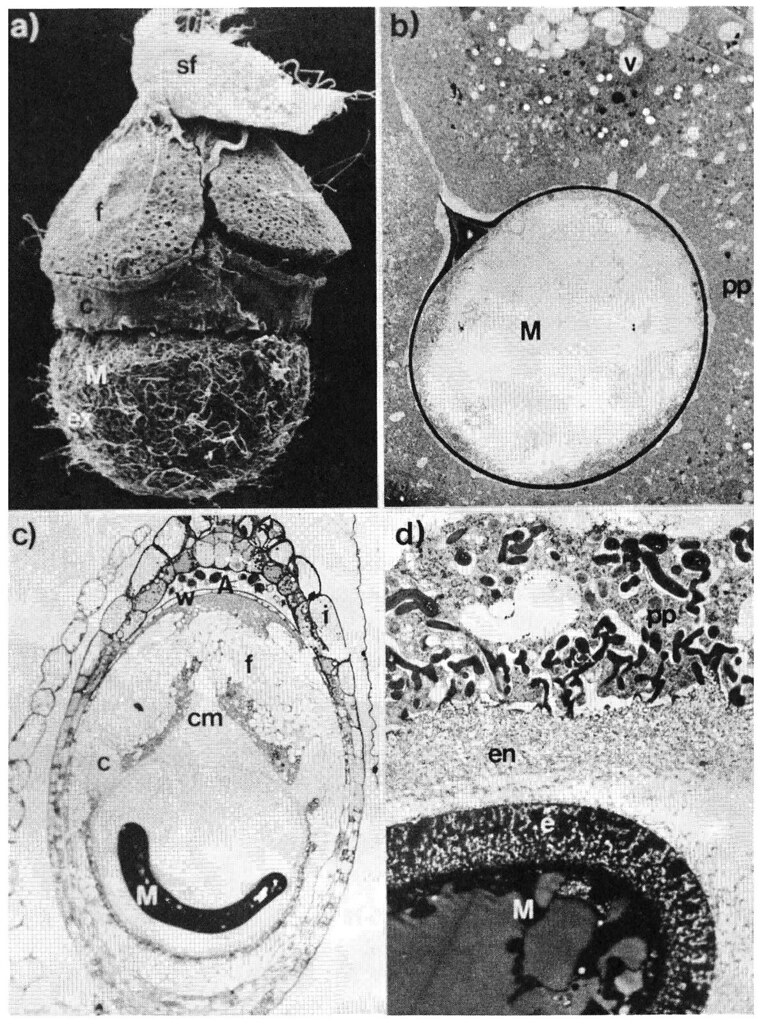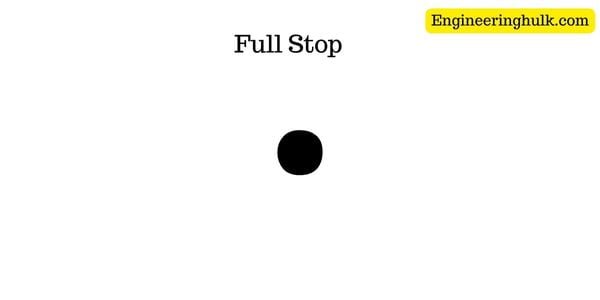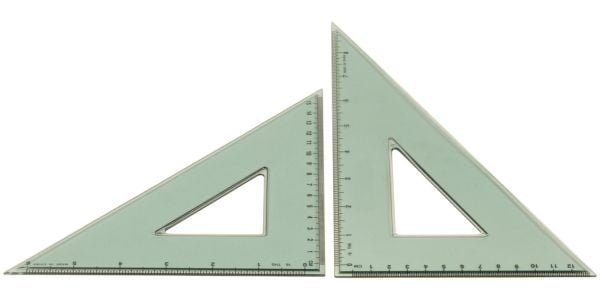Table of Contents
Punctuation marks play a vital role in conveying meaning and clarity in written language. Among them, the humble full stop, also known as a period, is arguably the most fundamental and frequently used punctuation mark.
Understanding the Full Stop
The full stop is a small dot placed at the end of a sentence. It serves as a marker to indicate the completion of a thought or idea, allowing readers to process information effectively. When used correctly, it creates a natural pause that aids comprehension and brings coherence to written communication.
Functions of the Full Stop
Sentence Completion
The primary purpose of the full stop is to signify the conclusion of a sentence. It marks the end of a complete thought or idea, providing structure and ensuring that each sentence is self-contained. By using a full stop appropriately, writers can enhance readability and convey their intended message more effectively.
Abbreviations
The full stop also plays a critical role in abbreviations. It is commonly used to indicate shortened forms of words or phrases. For instance, “Dr.” for doctor, “e.g.” for exempli gratia, or “etc.” for et cetera. In such cases, the full stop is placed after each abbreviated word to clearly denote truncation.
Correct Usage of the Full Stop
Sentence Structure
The full stop is placed at the end of a declarative or imperative sentence. Declarative sentences make statements or express opinions, while imperative sentences give commands or make requests. Example:
- “She completed her presentation on time.”
- “Please pass the salt.”
Abbreviations
When using abbreviations, the full stop is inserted after each abbreviated word. However, it’s important to note that some modern abbreviations, such as “CEO” or “UN,” do not require a full stop. Style guides and conventions may vary, so it’s advisable to consult the specific guidelines applicable to your context.

Significance of Proper Full-Stop Usage
Clarity and Readability
The correct usage of full stops enhances clarity and readability in written text. It helps readers process information in a structured manner, allowing them to comprehend and interpret the intended meaning accurately. Well-placed full stops contribute to a cohesive and organized writing style.
Avoiding Ambiguity
Misplaced or missing full stops can lead to ambiguity and confusion. Proper placement ensures that sentences are complete and unambiguous, preventing potential misunderstandings. It is crucial to review your writing and ensure that each sentence is appropriately punctuated to convey your message clearly.
Tips for Effective Full-Stop Usage
Proofread Your Writing
Always proofread your work to identify any missing or misplaced full stops. Carefully review each sentence to ensure that it is properly punctuated. This process helps you identify areas where additional clarity or structure may be required.
Understand Contextual Guidelines
Different writing styles and contexts may have specific guidelines regarding the usage of full stops. Consult relevant style guides, such as the APA (American Psychological Association) or MLA (Modern Language Association), to ensure adherence to the appropriate conventions.
The full stop is a crucial punctuation mark that brings structure, clarity, and coherence to written language. By mastering its usage, writers can effectively convey their ideas, enhance readability, and avoid ambiguity. Understanding the significance of the full stop empowers writers to create impactful and engaging written communication. So, remember to embrace this unassuming dot and let it guide your sentences to a strong and conclusive finish.
FAQ
What is the purpose of a full stop (period) in punctuation?
A full stop is used to indicate the end of a sentence. It signifies a complete thought and is the most common punctuation mark used to separate sentences in written English.
Can a full stop be used within a sentence?
Yes, a full stop can be used within a sentence when using certain abbreviations or in some cases decimal numbers. For example, “Dr. Smith” or “She won the race in 3.5 seconds.”
Are there any instances when a full stop should not be used at the end of a sentence?
Yes, there are certain cases when a full stop is not necessary at the end of a sentence. For example, in titles or headings, or in poetic or stylized writing where sentence boundaries are not strictly observed.
Can a full stop be used after other punctuation marks?
Generally, a full stop is not used after other punctuation marks like question marks or exclamation marks. However, in cases where an abbreviation or acronym ends a sentence, a full stop can be used after the abbreviation and followed by the appropriate punctuation mark. For example, “Who is the CEO of Apple Inc.?”
What is the difference between a full stop and an ellipsis?
A full stop indicates the end of a sentence, while an ellipsis (three dots: …) is used to indicate an omission of words or a trailing off of thought. The ellipsis suggests that there is more to be said or that the sentence is incomplete.
Should a full stop be used in acronyms or initialisms?
In most cases, a full stop is not used in acronyms or initialisms. For example, “NASA” or “USA.” However, some specific style guides or regional conventions may use full stops in certain cases, so it’s important to follow the appropriate style guidelines.
Can a full stop be used after abbreviations like Mr., Mrs., or Dr.?
Yes, abbreviations like Mr., Mrs., or Dr. are followed by a full stop, which serves as both an abbreviation marker and a sentence-ending punctuation mark. For example, “Mr. Johnson arrived late.”
Is there a difference between a full stop and a period?
No, there is no difference between a full stop and a period. The terms are used interchangeably, with “full stop” more commonly used in British English and “period” more commonly used in American English.
Can a full stop be used after a closing parenthesis?
Yes, if a full sentence ends with a closing parenthesis, the full stop should be placed after the closing parenthesis. For example, “She is studying computer science (with a focus on artificial intelligence).”
What are some common errors or mistakes to avoid with full stops?
Some common errors to avoid include forgetting to use a full stop at the end of a sentence, using multiple full stops in a row (ellipsis should be used instead), and using a full stop after abbreviations or acronyms that do not require one. It’s important to follow the appropriate punctuation rules to ensure clear and accurate writing.
References:
- Crystal, D. (2016). Making a Point: The Perspicacity of the Full Stop. In Punctuation Matters: Advice on Punctuation for Scientific and Technical Writing (pp. 9-20). University of Chicago Press.
- Truss, L. (2004). Eats, Shoots & Leaves: The Zero Tolerance Approach to Punctuation. Gotham Books.
- O’Conner, P. T. (2015). Woe is I: The Grammarphobe’s Guide to Better English in Plain English. Riverhead Books.
- Toner, G. (2017). Punctuation. Oxford Bibliographies Online.
- Pullum, G. K., & Scholz, B. C. (2002). Empirical assessment of stimulus poverty arguments. The Linguistic Review, 19(1-2), 9-50.
Also, read Google Gemini AI




